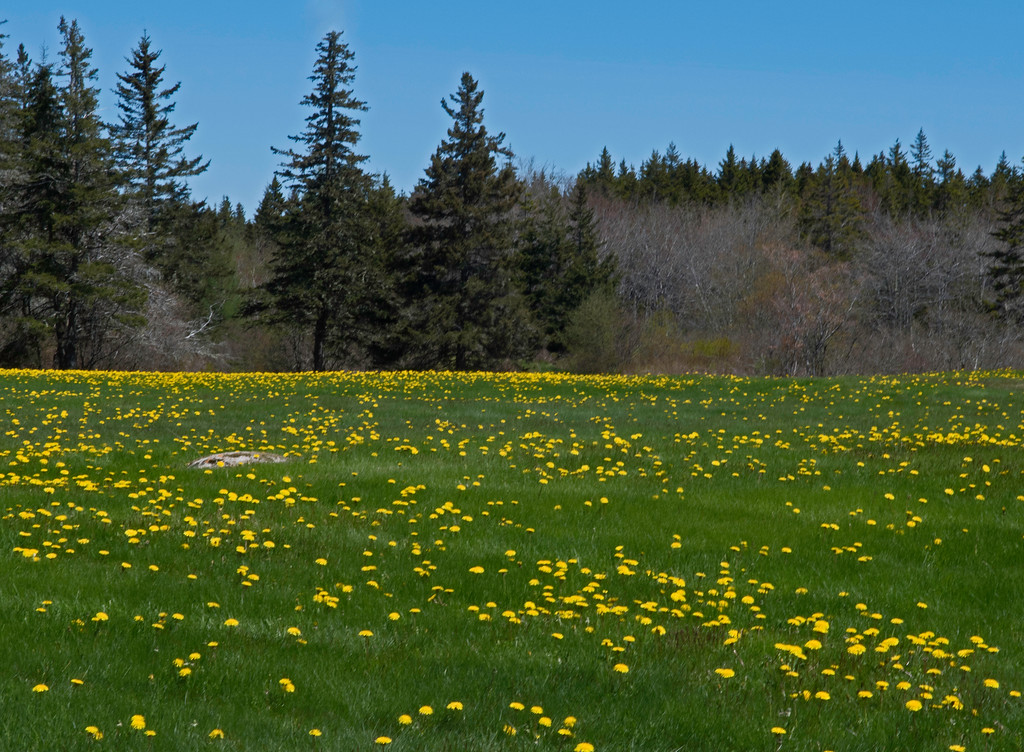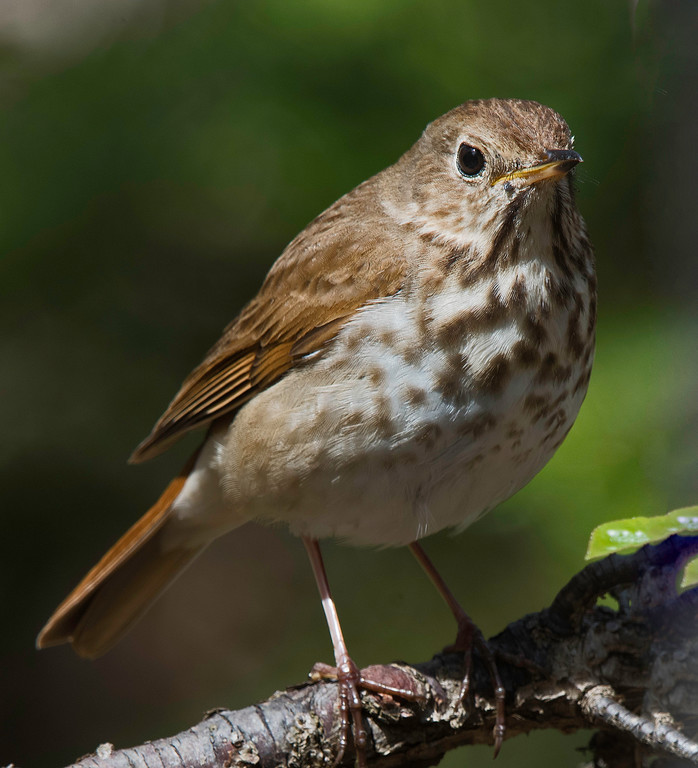Common Loons are now fishing in abundance in Great Cove. This one had discarded his boring winter garb and was wearing his svelte black and white summer outfit a few days ago. He had not quite yet gotten his summer red eyes to top things off.
These birds were not named Loons because of their lunatic-like wailing at the moon; they apparently got their name from the Old English word “lumme,” meaning a “lummox” (clumsy person). Their powerful legs are set way back on their body and, without water to prop them up, they’re very clumsy on land.
However, that design, a good pair of lungs, and solid (weighty) bones make them one of our best water diving birds. They can quickly dive over 200 feet and hold their breath about eight minutes. (Brooklin, Maine)




























































